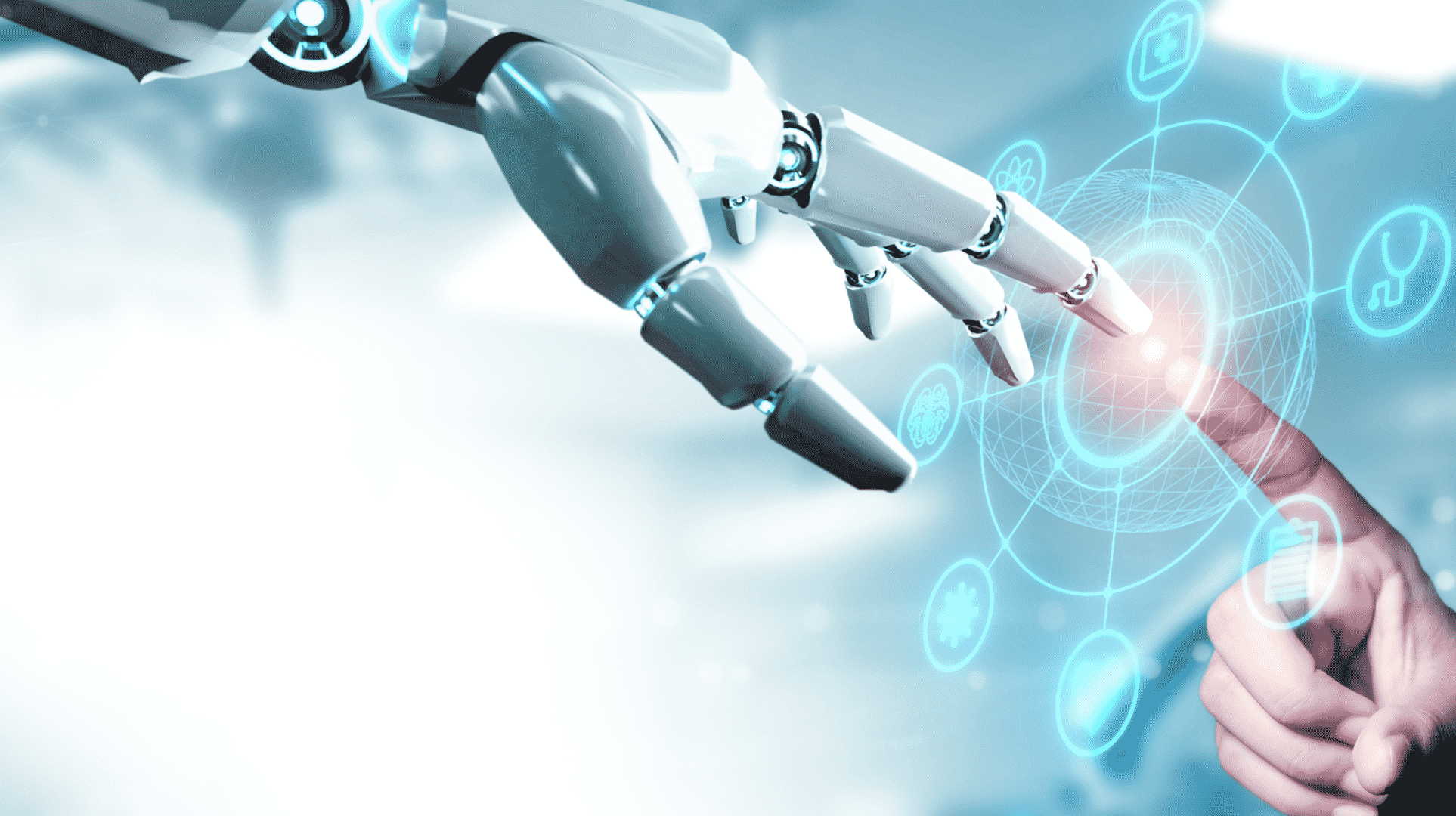By 2030, up to 800 million jobs could be displaced by automation globally—yet entirely new roles are emerging just as quickly (McKinsey Global Institute). Are we ready for this shift?
The global labor market is experiencing dramatic transformation in decades. From automation replacing routine tasks to AI reshaping entire industries, the way we work is changing faster than ever. In aging economies, labor shortages are pushing companies to rely more heavily on machines, while workers are being asked to continuously adapt, reskill, and stay ahead of the curve. Meanwhile, persistent issues like job instability, inequality, and outsourcing are making it harder to maintain workforce participation and productivity.
To keep pace with these shifts and foster long-term economic resilience, it’s no longer enough to maintain the status quo. We must reimagine labor policies—prioritizing continuous learning, inclusive opportunities, and flexible work models.
Labor Market Dynamics
Labor market dynamics are influenced by a combination of demographic trends, evolving job structures, and technological advancements. While reduced labor force growth can limit productivity, automation, particularly in aging societies, helps address labor shortages by enhancing or replacing human labor.
However, sustaining productivity growth requires more than automation alone. Job structures like shift work, part-time, hourly, and gig employment, face high turnover due to irregular schedules, limited benefits, and job instability. As organizations adopt advanced technologies, they must also invest in workforce adaptability by promoting upskilling in technical as well as soft skills. This does not only enhance performance but also support the development of agile, cross functional teams and fosters more flexible and resilient work environments.
Productivity and Its Drivers
Labor productivity, defined as output per labor hour, reflects economic efficiency and plays a key role in economic well-being. Higher productivity leads to production increase in goods and services without increasing labor input, thus improving living standards. However, the link between productivity growth and real income has weakened, affecting labor force participation.
Employee training enhances workplace productivity. By equipping employees with necessary skills, training reduces errors, and optimizes workflow, and fosters confidence, engagement, and adaptability. A positive workplace environment, characterized by a supportive culture, effective management practices, effective leadership, and prioritizing employee well-being, boosts motivation, collaboration, and efficiency. Whereas, a toxic workplace environment leads to disengagement and high turnover.
Companies that support mental and physical health, work-life balance, and comfortable workspaces experience higher engagement and lower absenteeism, consequently, this drives innovation and sustainable success.
Challenges in Labor Markets and Productivity
Inequality in job opportunities, influenced by race, gender, and socio-economic factors, limits access to education, training, and well-paying jobs, thereby reducing productivity. This inequality also leads to lower workforce participation, wage gaps, and decreased motivation; all of which hinder innovation and growth.
Implementing inclusive policies to address inequality can unlock the full potential of workforce, boosting productivity and economic growth. Outsourcing, both domestic and international can help address labor shortages, create opportunities, open new markets, and reduce production costs. However, it may impact job stability as well as organizational effectiveness, so global markets must be considered and understood.
Government regulations and labor market policies affect productivity growth significantly. Strict labor laws and high taxation may hinder flexibility and investment in innovation. In contrast, tax incentives, open trade policies, and investments in education and technology can boost productivity.
Balancing between regulation and flexibility is key to long-term economic growth and competitiveness.
Future Outlook
The labor market is changing and evolving due to automation, AI, and remote work. Emerging fields in tech, like AI, cybersecurity, and robotics offer new employment opportunities. While traditional roles may be displaced or re-structured, jobs that rely on creativity, emotional intelligence, and critical thinking will remain resilient, with AI serving to augment rather than replace human potential.
Remote work offers flexibility but also presents challenges like job outsourcing. To remain competitive, workers need to enhance their digital skills, and businesses must invest in training programs. Improving labor policies to boost productivity involves flexible work arrangements, ensuring fair wages, promoting upskilling, and creating policies supporting human-AI collaboration. These changes can create a more efficient and adaptable workforce.
By prioritizing employee well-being, addressing inequality, and creating an environment conducive to continuous learning, businesses and policymakers can unlock the full potential of the workforce. Ultimately, a balanced approach to regulation and flexibility will create a future-ready labor market, driving innovation and long-term prosperity.


























